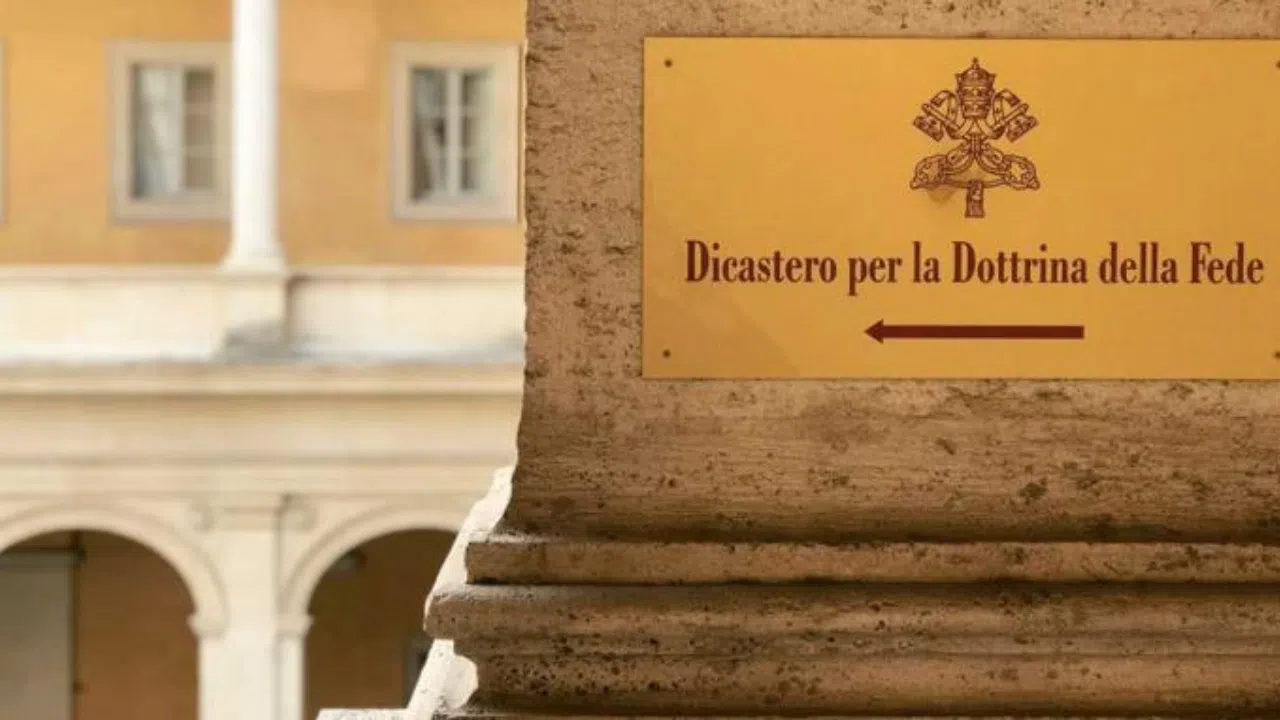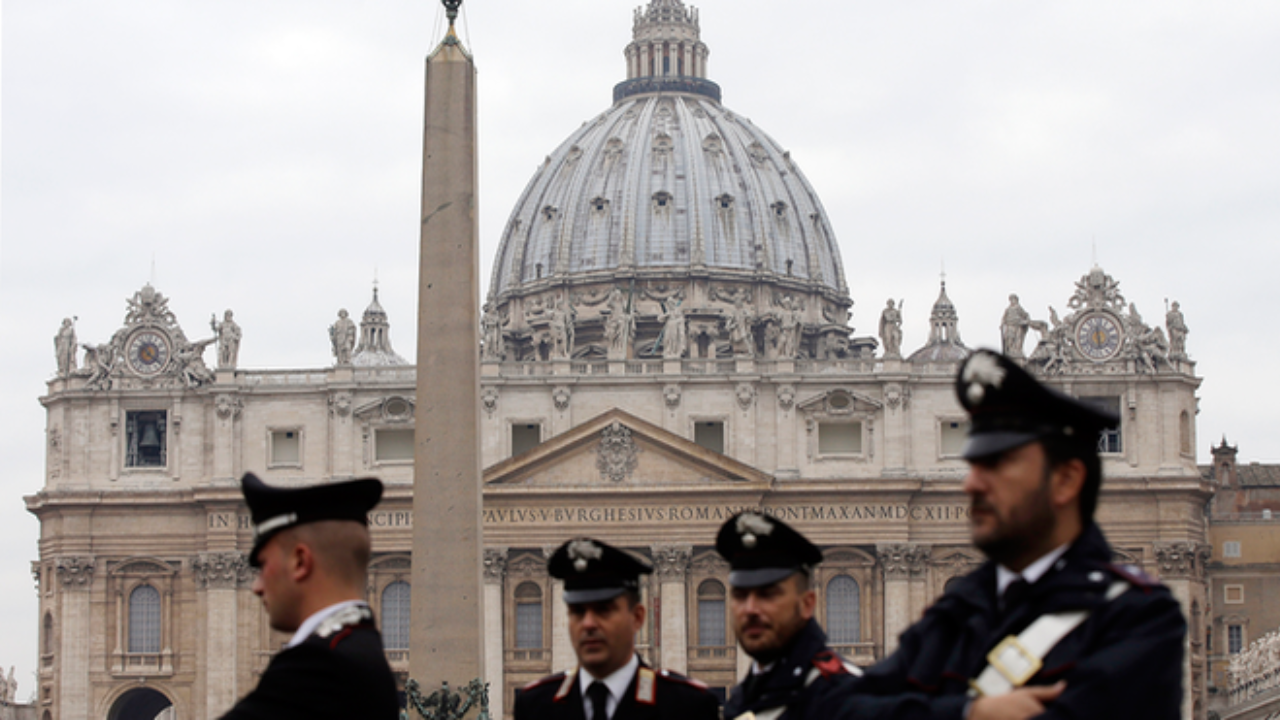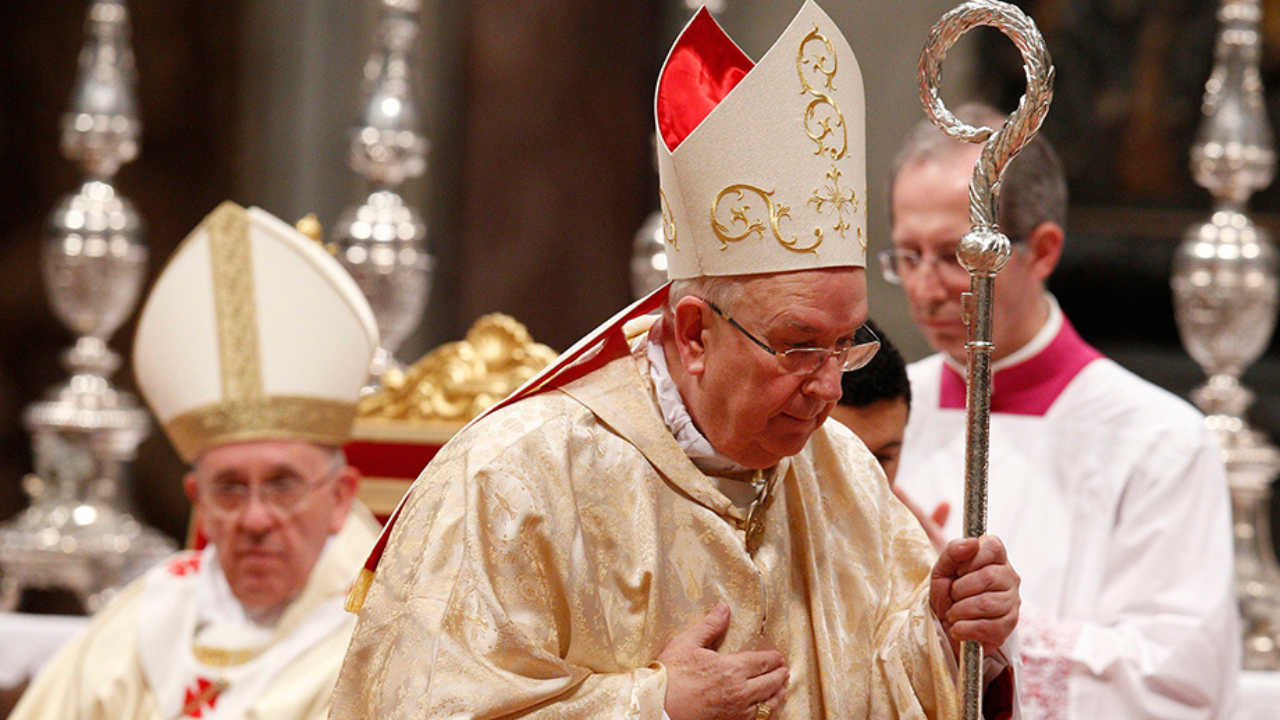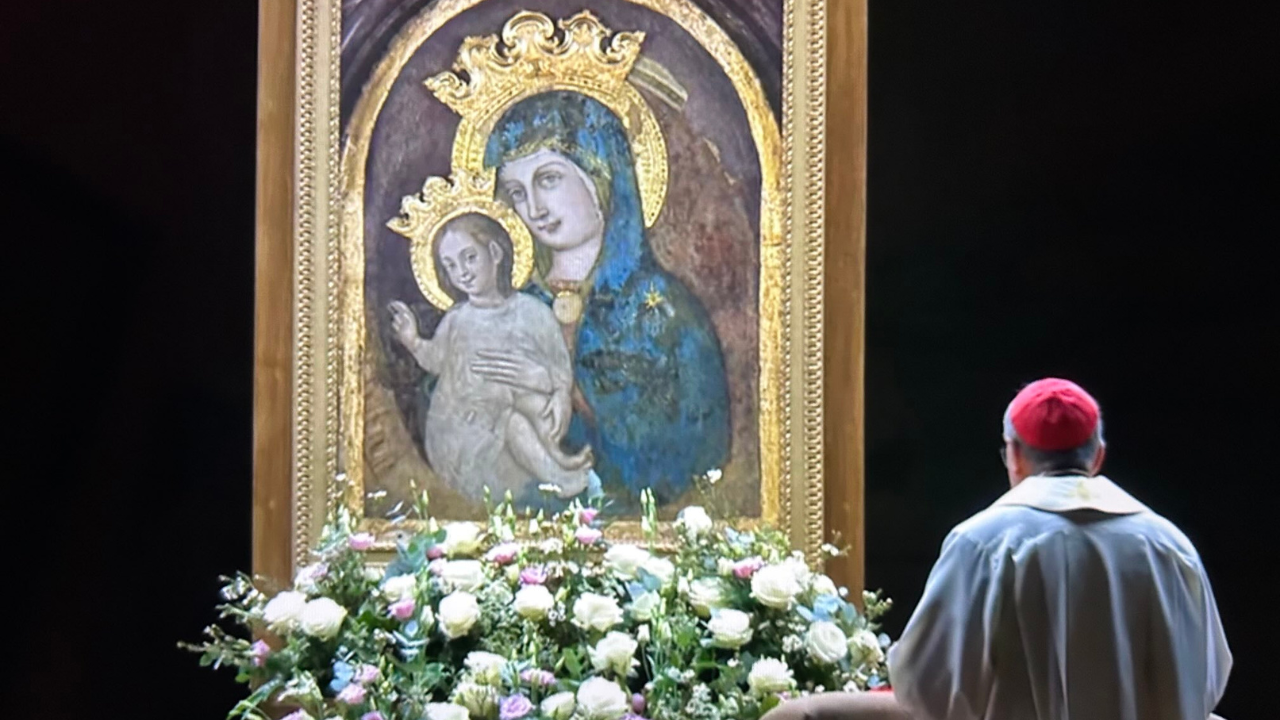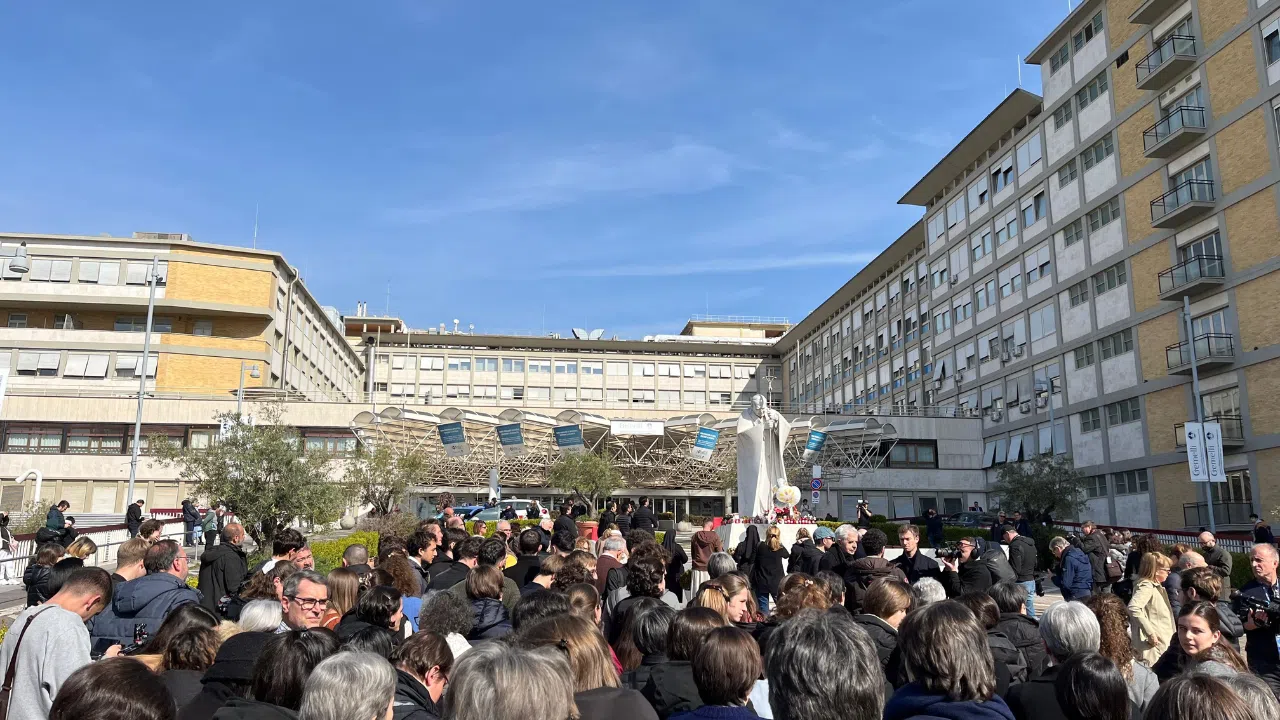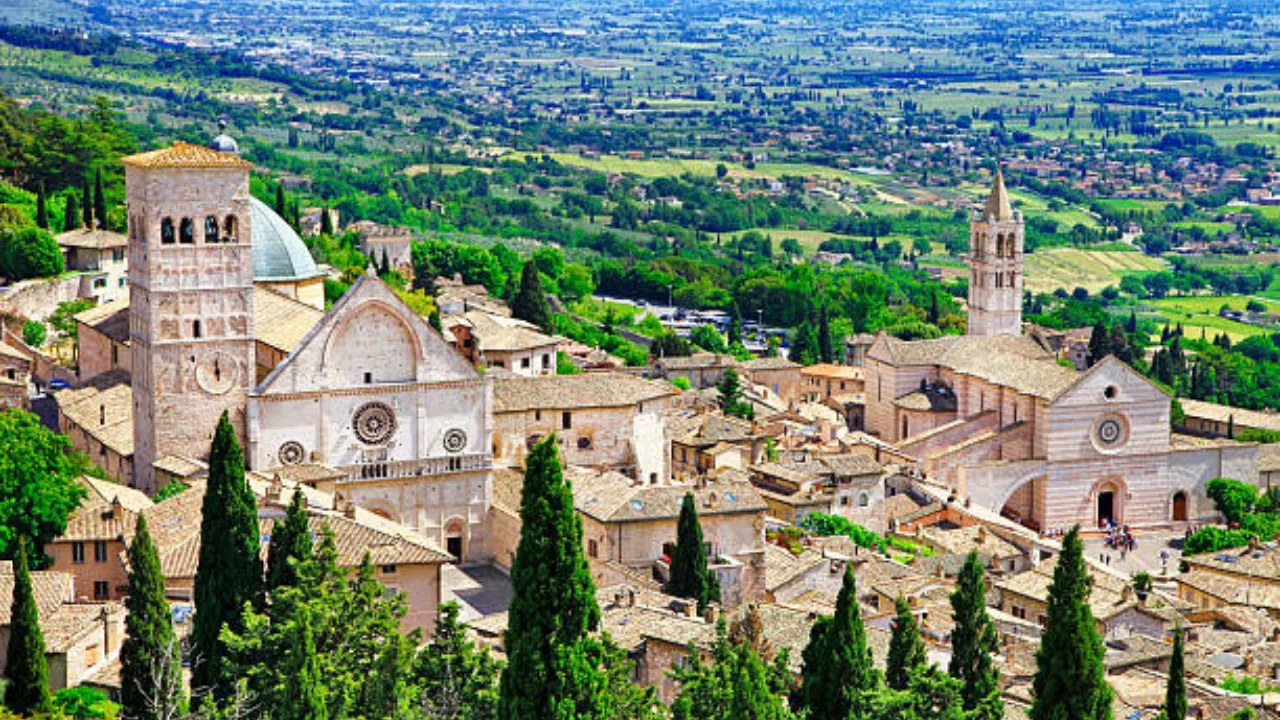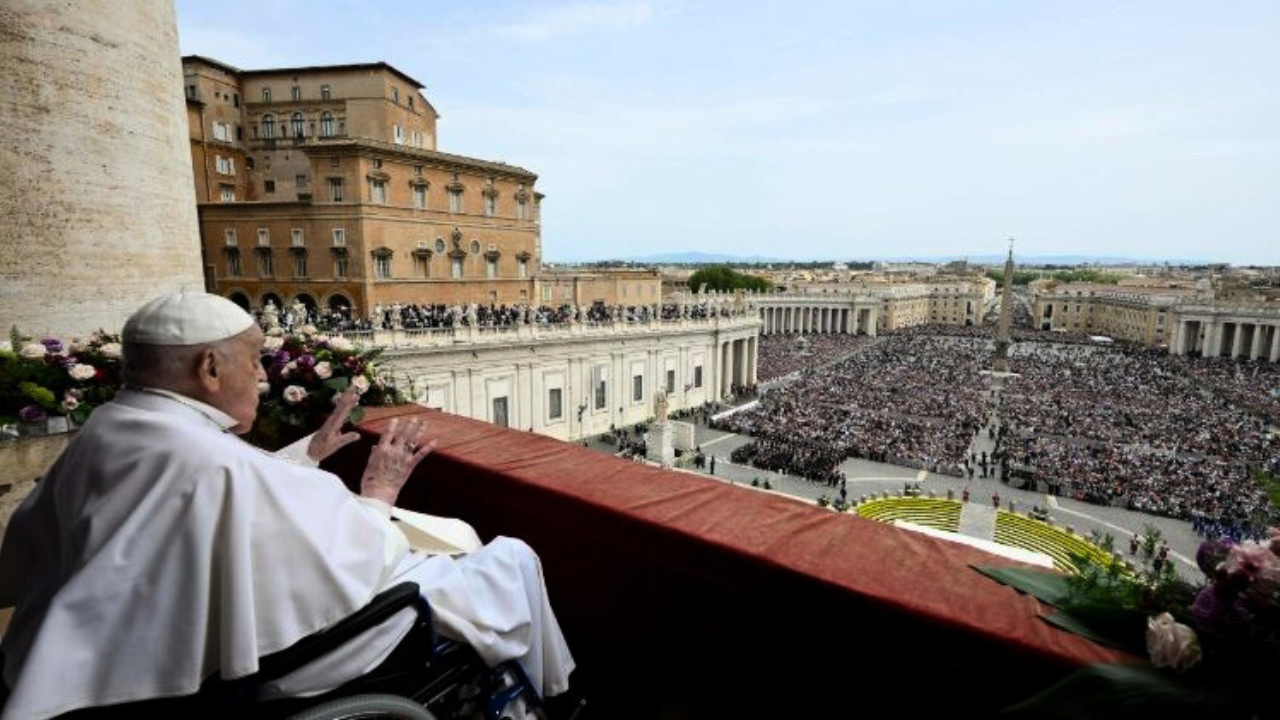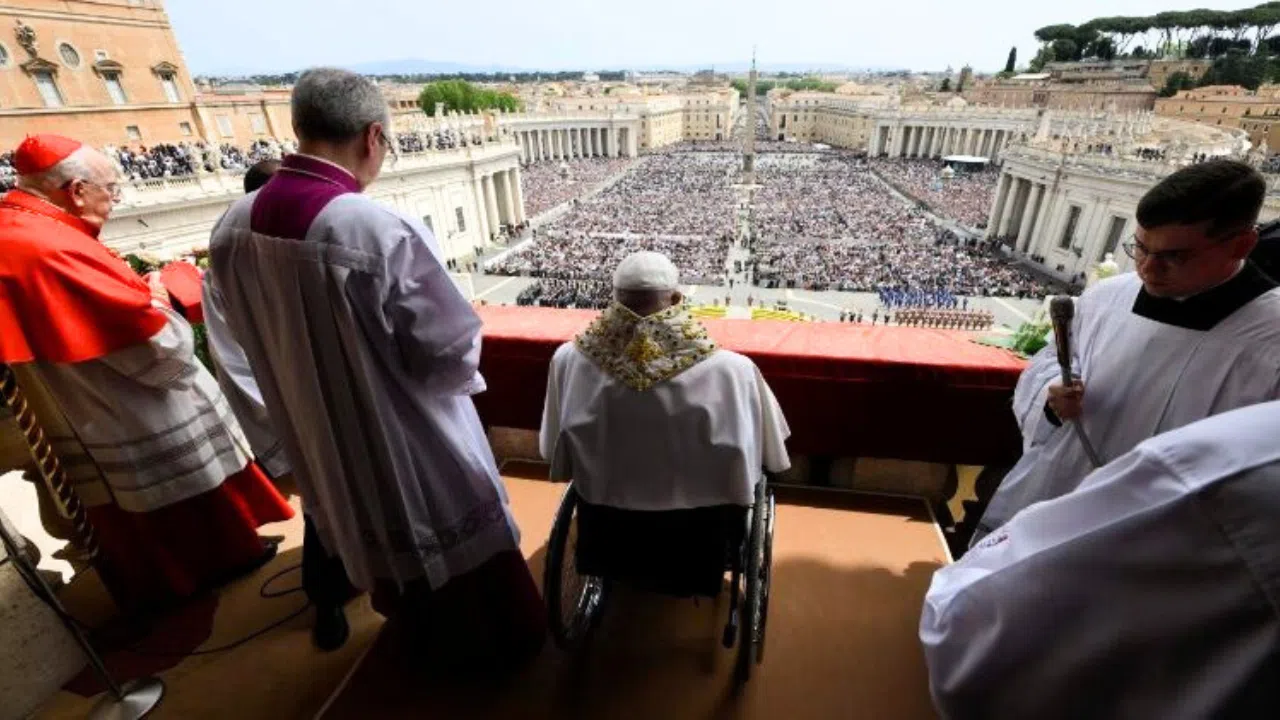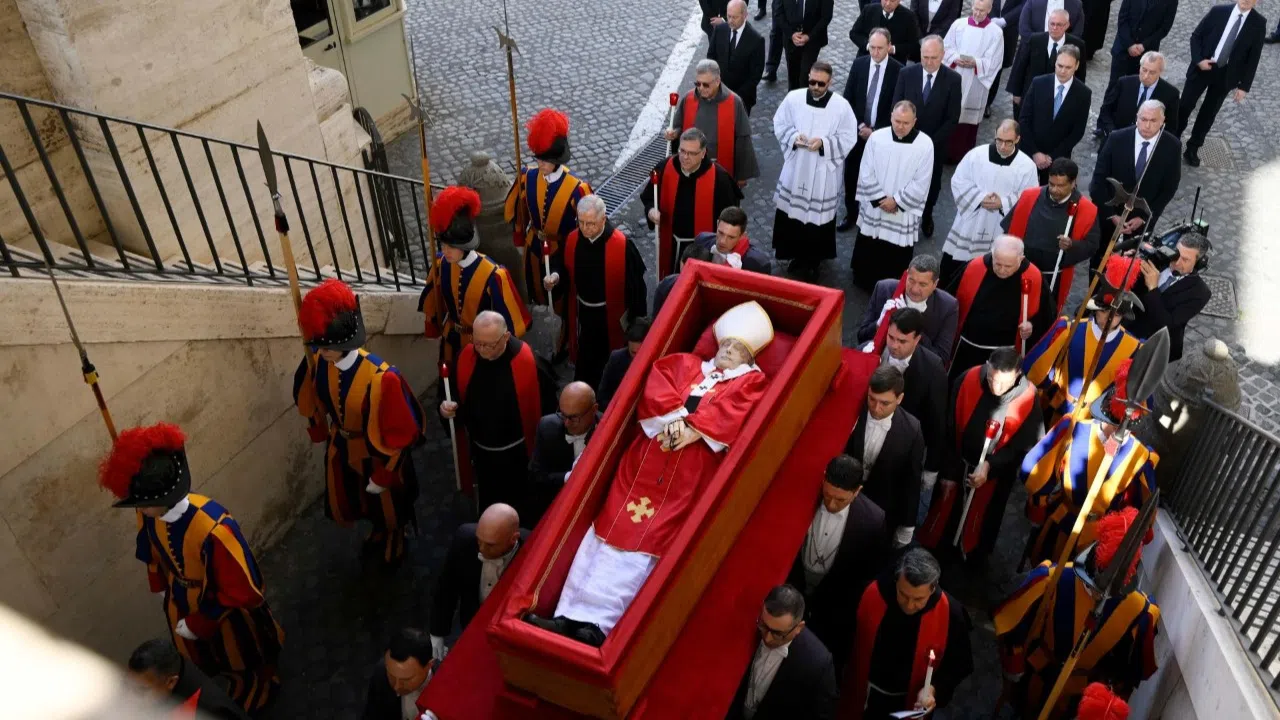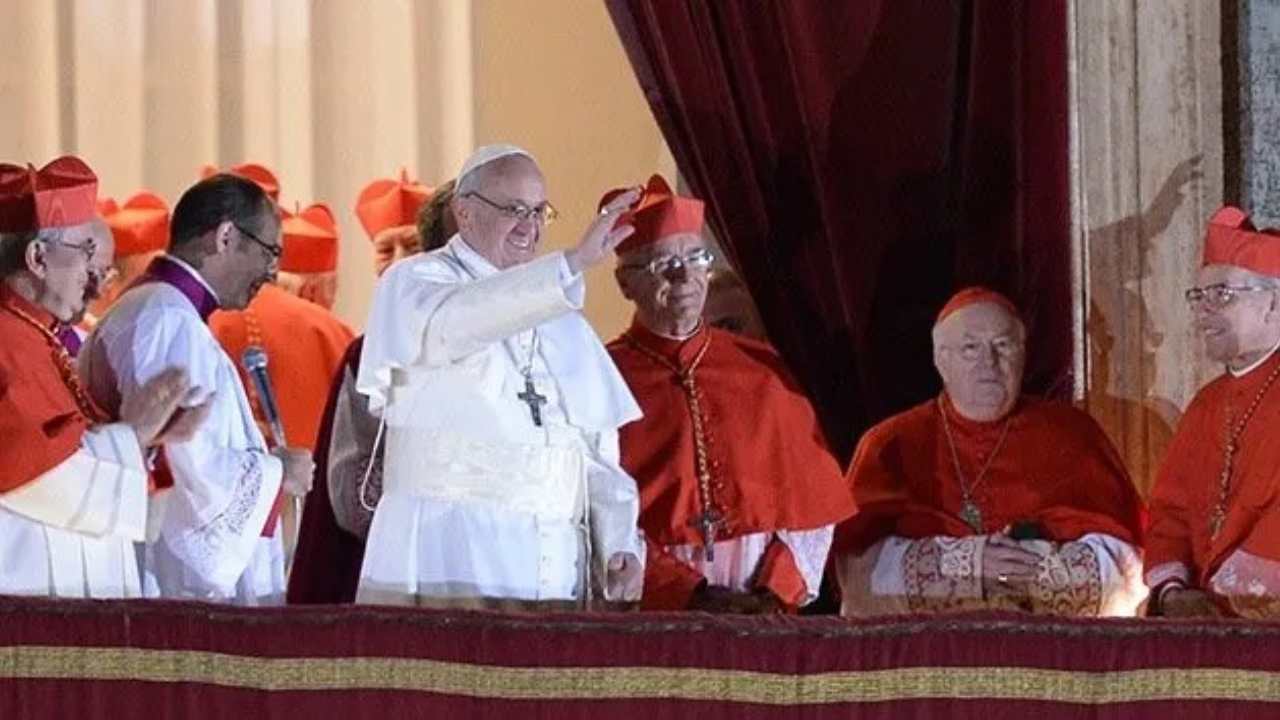Christians believe that Jesus was crucified in Jerusalem more than 2,000 years ago.
Yet while images of Christ on the cross are omnipresent in Christian churches, little is known about how Jesus was crucified, and the society that put him there.
A new book, “The Cross and the Whip,” reexamines public punishments in ancient Roman society, and contextualize Christ's passion for modern audiences.
ALESSIA MULIERE
Author, “The Cross and the Whip”
It was a society that attributed a different value to human life based on a person's legal standing.
Above all, they wanted to suppress people who were uncomfortable for the state, who were considered monsters in some way, and non-Romans fell into this category. Jesus was not Roman, and that's why this [punishment] happened to him.
Historian Alessia Muliere says that while crucifixion was a known practice during the time of the Roman empire, details about Christ's crucifixion are scarce due to a lack of icons and images of Jesus in the years following His death.
ALESSIA MULIERE
Author, “The Cross and the Whip”
It's difficult to find visual sources, we only have them after the fifth century after Christ. This could be out of respect for the figure of Christ, before there was almost a fear of producing these kinds of images.
As a result, she says it is possible Jesus was crucified like this, on a T-structure rather than on the traditional image of a cross, and with nails inserted in His wrists rather than the hands, as was more commonly practiced.
Muliere adds that during his procession to Calvary, Jesus likely only carried a portion of the cross on which he was hung.
ALESSIA MULIERE
Author, “The Cross and the Whip”
They would came hung, basically tied, to the patibulum, the horizontal log that formed part of the cross structure, they would be undressed, and continuously beaten along the way that lead them to the place of the punishment.
Although much is lost from ancient Jerusalem, historians like Mulliere say they are encouraged by recent archeological findings in the Holy Land, and maintain there is still much left to be discovered about the world in which Jesus lived and died.
JM


